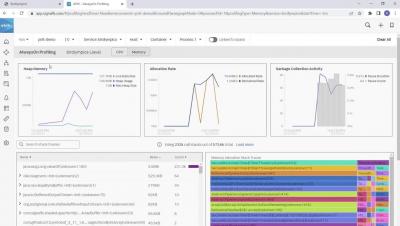Best Practices for Navigating the Security Poverty Line
InfoSec, like any other aspect of IT, is a matter of three factors coming together: people, process and technology. All of these factors cost time and money in some way. The truth is, there are very few organizations out there who can supply their own security programs, staff, technology, processes and everything needed for InfoSec to an efficient degree. Everyone has to compromise in some way.










